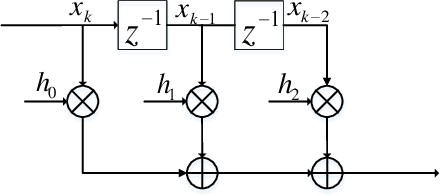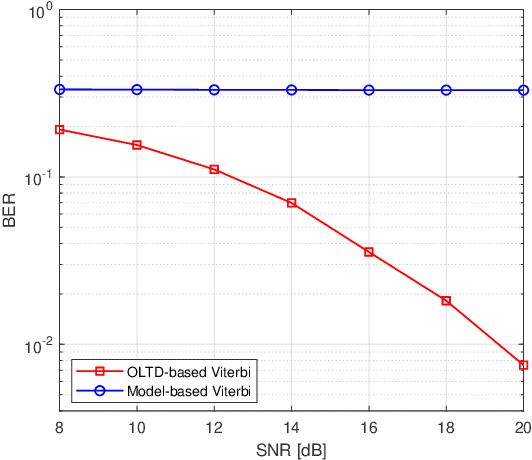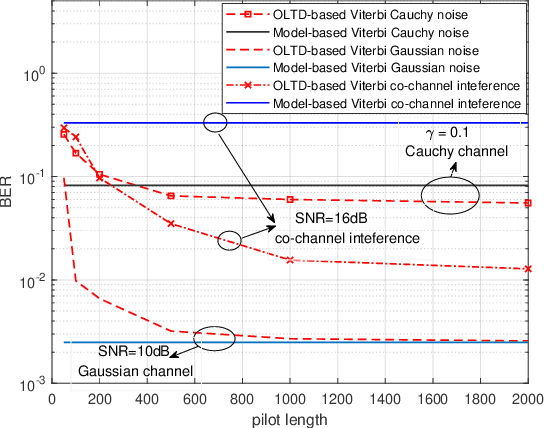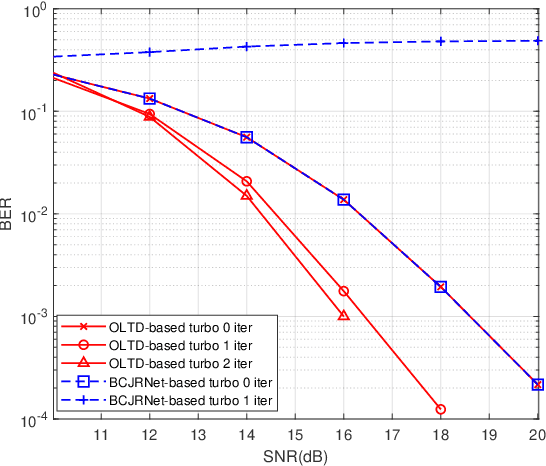Online Learning of Trellis Diagram Using Neural Network for Robust Detection and Decoding
Paper and Code
Feb 22, 2022



This paper studies machine learning-assisted maximum likelihood (ML) and maximum a posteriori (MAP) receivers for a communication system with memory, which can be modelled by a trellis diagram. The prerequisite of the ML/MAP receiver is to obtain the likelihood of the received samples under different state transitions of the trellis diagram, which relies on the channel state information (CSI) and the distribution of the channel noise. We propose to learn the trellis diagram real-time using an artificial neural network (ANN) trained by a pilot sequence. This approach, termed as the online learning of trellis diagram (OLTD), requires neither the CSI nor statistics of the noise, and can be incorporated into the classic Viterbi and the BCJR algorithm. %Compared with the state-of-the-art ViterbiNet and BCJRNet algorithms in the literature, it It is shown to significantly outperform the model-based methods in non-Gaussian channels. It requires much less training overhead than the state-of-the-art methods, and hence is more feasible for real implementations. As an illustrative example, the OLTD-based BCJR is applied to a Bluetooth low energy (BLE) receiver trained only by a 256-sample pilot sequence. Moreover, the OLTD-based BCJR can accommodate for turbo equalization, while the state-of-the-art BCJRNet/ViterbiNet cannot. As an interesting by-product, we propose an enhancement to the BLE standard by introducing a bit interleaver to its physical layer; the resultant improvement of the receiver sensitivity can make it a better fit for some Internet of Things (IoT) communications.
 Add to Chrome
Add to Chrome Add to Firefox
Add to Firefox Add to Edge
Add to Edge